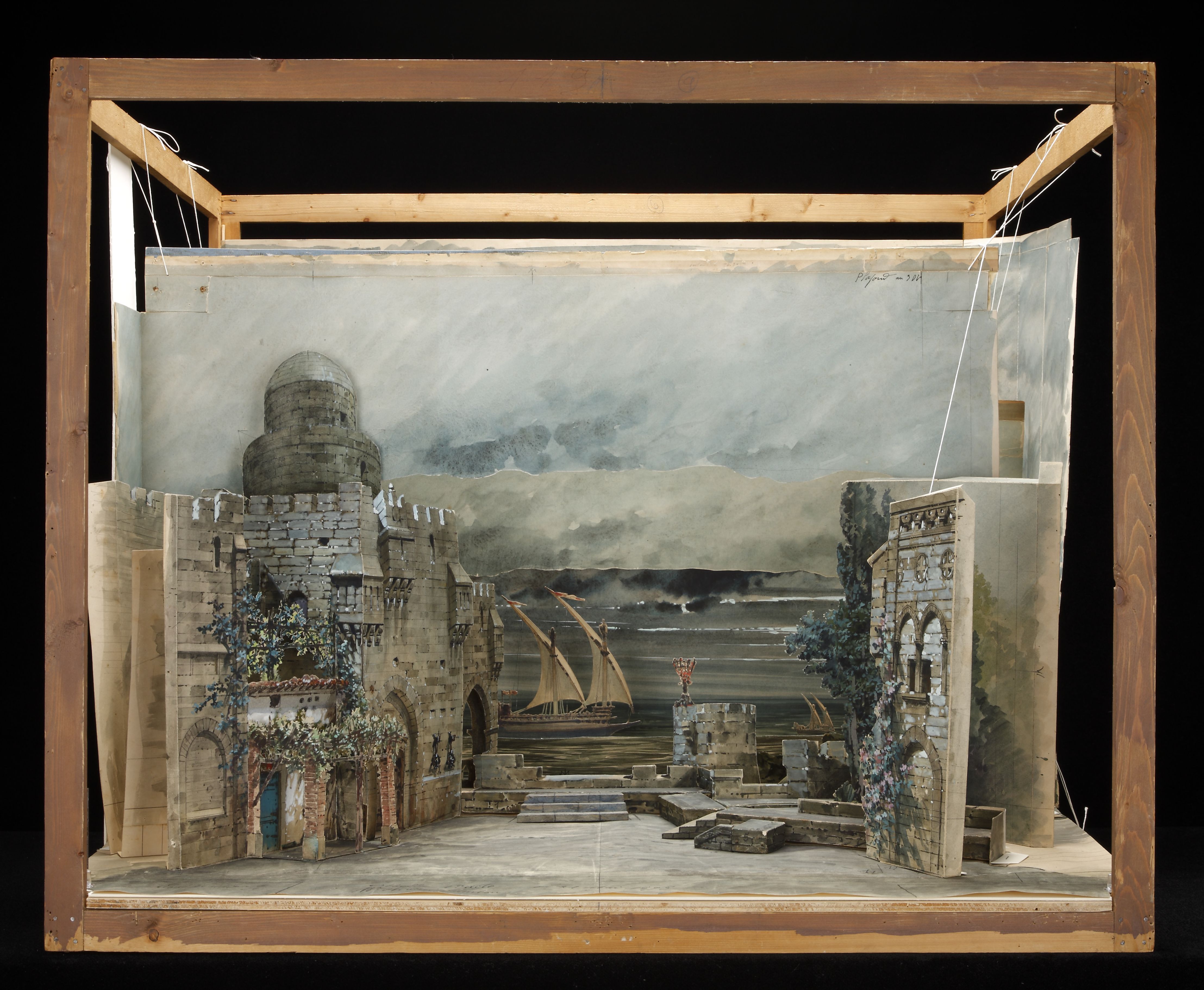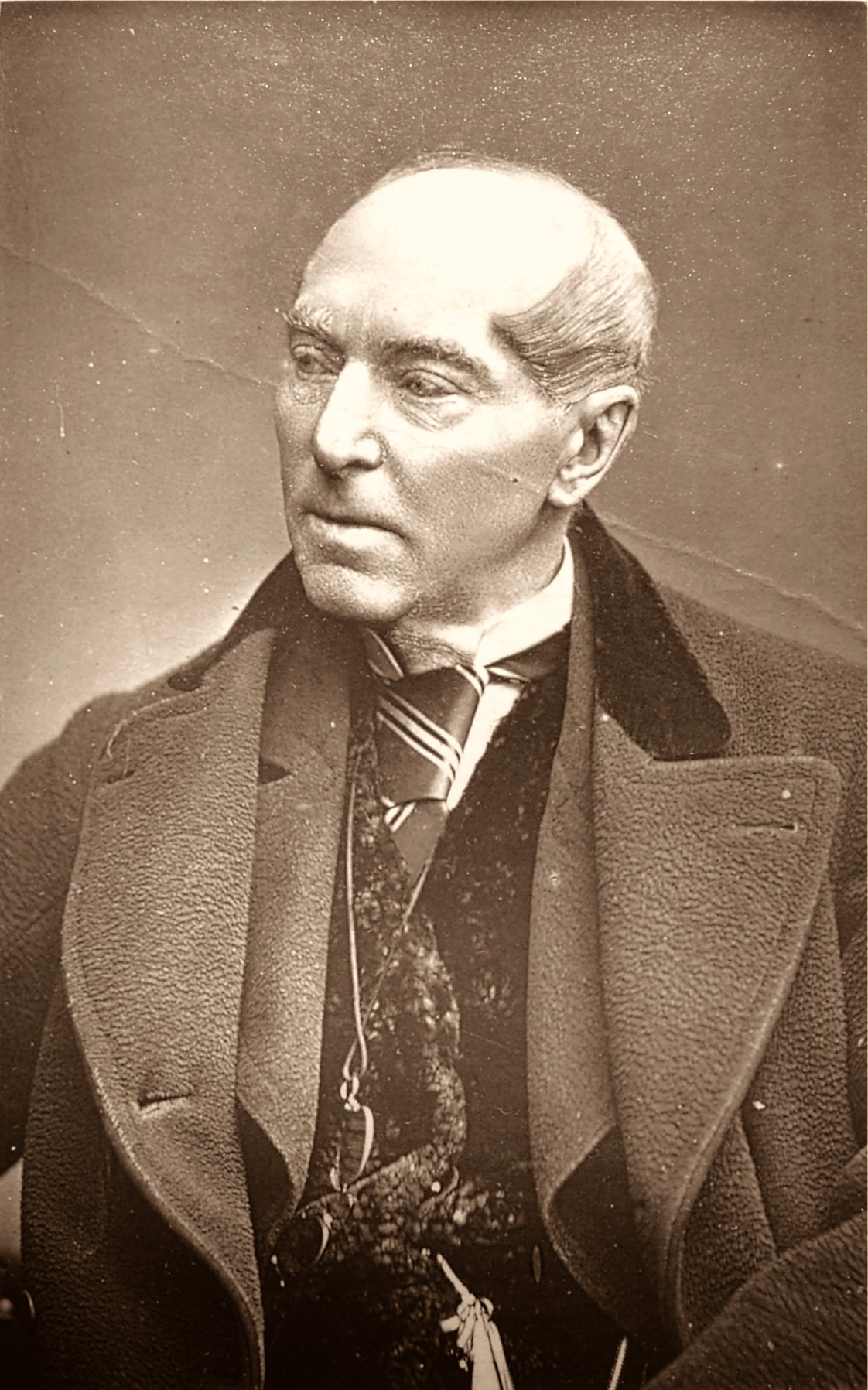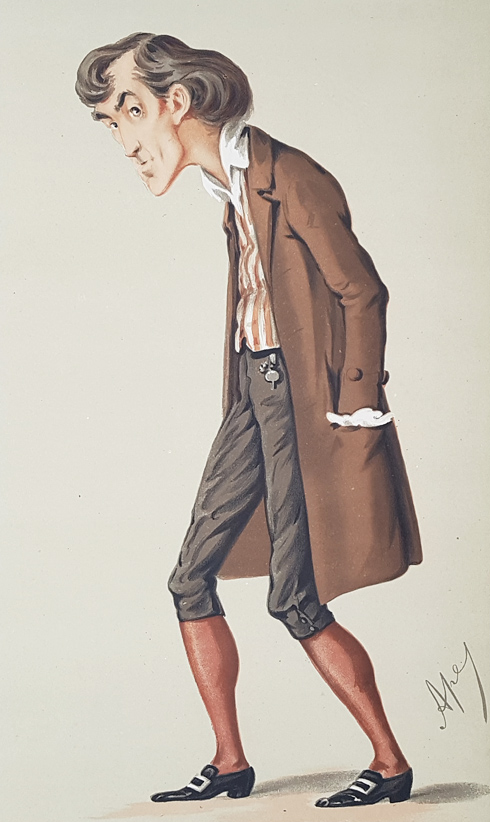|
Olympic Theatre
The Olympic Theatre, sometimes known as the Royal Olympic Theatre, was a 19th-century London theatre, opened in 1806 and located at the junction of Drury Lane, Wych Street and Newcastle Street. The theatre specialised in comedies throughout much of its existence. Along with three other Victorian theatres (Opera Comique, Globe and Gaiety), the Olympic was eventually demolished in 1904 to make way for the development of the Aldwych. Newcastle and Wych streets also vanished. 1806-1849: Early days and Madame Vestris The first Olympic theatre was built in 1806 on the site of Drury House (later Craven House), for the impresario Philip Astley, a retired cavalry officer. The original name of the house was the Olympic Pavilion. It was said to be built from the timbers of the French warship '' Ville de Paris''. It opened on 1 December 1806Victo ... [...More Info...] [...Related Items...] OR: [Wikipedia] [Google] [Baidu] |
Wych Street
Wych Street was in London where King, Melbourne and Australia Houses now stand on Aldwych. It ran west from the church of St Clement Danes on the Strand to meet the southern end of Drury Lane. It was demolished by the London County Council in around 1901, as part of redevelopment bisected by new street Aldwych, the east of which mimics its course, in a curved way so taking up land buildings stood on, and these works created Kingsway. History The area around Drury Lane was not affected by the Great Fire of London, and contained decrepit Elizabethan houses, with projecting wooden jetties. The Angel Inn public house was at the bottom of the street, by the Strand. Further west, about halfway along on the north side, was the New Inn, an Inn of Chancery where Sir Thomas More received his early legal education, and, to the south, Lyon's Inn, another Inn of Chancery where Sir Edward Coke was a reader in 1578, which was replaced by a Globe Theatre and the Opera Comique . The Shakespear ... [...More Info...] [...Related Items...] OR: [Wikipedia] [Google] [Baidu] |
Theatre Royal, Drury Lane
The Theatre Royal, Drury Lane, commonly known as Drury Lane, is a West End theatre and Grade I listed building in Covent Garden, London, England. The building faces Catherine Street (earlier named Bridges or Brydges Street) and backs onto Drury Lane. The building is the most recent in a line of four theatres which were built at the same location, the earliest of which dated back to 1663, making it the oldest theatre site in London still in use. According to the author Peter Thomson, for its first two centuries, Drury Lane could "reasonably have claimed to be London's leading theatre". For most of that time, it was one of a handful of patent theatres, granted monopoly rights to the production of "legitimate" drama in London (meaning spoken plays, rather than opera, dance, concerts, or plays with music). The first theatre on the site was built at the behest of Thomas Killigrew in the early 1660s, when theatres were allowed to reopen during the English Restoration. Initial ... [...More Info...] [...Related Items...] OR: [Wikipedia] [Google] [Baidu] |
James Planché
James Robinson Planché (27 February 1796 – 30 May 1880) was a British dramatist, antiquary and officer of arms. Over a period of approximately 60 years he wrote, adapted, or collaborated on 176 plays in a wide range of genres including extravaganza, farce, comedy, burletta, melodrama and opera. Planché was responsible for introducing historically accurate costume into nineteenth century British theatre, and subsequently became an acknowledged expert on historical costume, publishing a number of works on the topic. Planché's interest in historical costume led to other antiquarian research, including heraldry and genealogy. He was elected a Fellow of the Society of Antiquaries in 1829, and was influential in the foundation of the British Archaeological Association in 1843. Appointed Rouge Croix Pursuivant in 1854 and promoted to Somerset Herald in 1866, Planché undertook heraldic and ceremonial duties as a member of the College of Arms. These included proclaiming p ... [...More Info...] [...Related Items...] OR: [Wikipedia] [Google] [Baidu] |
Lord Chamberlain
The Lord Chamberlain of the Household is the most senior officer of the Royal Household of the United Kingdom, supervising the departments which support and provide advice to the Sovereign of the United Kingdom while also acting as the main channel of communication between the Sovereign and the House of Lords. The office organises all ceremonial activity such as garden parties, state visits, royal weddings, and the State Opening of Parliament. They also handle the Royal Mews and Royal Travel, as well as the ceremony around the awarding of honours. For over 230 years, the Lord Chamberlain had the power to decide which plays would be granted a licence for performance. From 1737 to 1968, this meant that the Lord Chamberlain had the capacity to censor theatre at his pleasure. The Lord Chamberlain is always sworn of the Privy Council, is usually a peer and before 1782 the post was of Cabinet rank. The position was a political one until 1924. The office dates from the Middl ... [...More Info...] [...Related Items...] OR: [Wikipedia] [Google] [Baidu] |
Burletta
In theater and music history, a burletta ( Italian, meaning "little joke", sometimes burla or burlettina) is a brief comic opera. In eighteenth-century Italy, a burletta was the comic intermezzo between the acts of an ''opera seria''. The extended work Pergolesi's ''La serva padrona'' was also designated a "burletta" at its London premiere in 1758. In England, the term began to be used, in contrast to burlesque, for works that satirized opera but did not employ musical parody. Burlettas in English began to appear in the 1760s, the earliest identified as such being ''Midas'' by Kane O'Hara, first performed privately in 1760 near Belfast, and produced at Covent Garden in 1764. The form became debased when the term ''burletta'' began to be used for English comic or ballad operas, as a way of evading the monopoly on "legitimate drama" in London belonging to Covent Garden and Drury Lane. After the passage of the Theatres Act of 1843, which repealed crucial regulations of the Licens ... [...More Info...] [...Related Items...] OR: [Wikipedia] [Google] [Baidu] |
Box Set (theatre)
In theatre, a box set is a set with a proscenium arch stage and three walls. The proscenium opening is the fourth wall. Box sets create the illusion of an interior room on the stage, and are contrasted with earlier forms of sets which contained sliding flaps and gaps between set pieces. Box sets were introduced to the English theatre by Elizabeth Vestris. They were popularized by Marie Wilton at the Prince of Wales's Royal Theatre. They later became a feature of realist theatre, and an example of the "fourth wall removed" principle that characterized the work of noted realists such as Henrik Ibsen's ''A Doll's House'', George Bernard Shaw's '' Pygmalion'', and Anton Chekhov's ''The Seagull''. Nineteenth-century theatrical scenery In the play style of realism, the box set of the stage was a room with either a plain black backdrop or three walls. The fourth wall The fourth wall is a performance convention in which an invisible, imaginary wall separates actors from the aud ... [...More Info...] [...Related Items...] OR: [Wikipedia] [Google] [Baidu] |
Theatrical Scenery
Theatrical scenery is that which is used as a setting for a theatrical production. Scenery may be just about anything, from a single chair to an elaborately re-created street, no matter how large or how small, whether the item was custom-made or is the genuine item, appropriated for theatrical use. History The history of theatrical scenery is as old as the theatre itself, and just as obtuse and tradition bound. What we tend to think of as 'traditional scenery', i.e. two-dimensional canvas-covered ' flats' painted to resemble a three-dimensional surface or vista, is a relatively recent innovation and a significant departure from the more ancient forms of theatrical expression, which tended to rely less on the actual representation of space senerial and more on the conveyance of action and mood. By the Shakespearean era, the occasional painted backdrop or theatrical prop was in evidence, but the show itself was written so as not to rely on such items to convey itself to the audien ... [...More Info...] [...Related Items...] OR: [Wikipedia] [Google] [Baidu] |
Charles James Mathews
Charles James Mathews (26 December 1803 – 24 June 1878) was a British actor. He was one of the few British actors to be successful in French-speaking roles in France. A son of the actor Charles Mathews, he achieved a greater reputation than his father in the same profession and also excelled at light comedy. He toured three times in the United States, and met and married his second wife there. Biography Charles James Mathews was born in Liverpool. After attending Merchant Taylors' School, Crosby, he was articled as the architect Augustus Charles Pugin's apprentice. For some years, Mathews worked at this profession. His first public appearance on the stage was made on 7 December 1835, at the Olympic Theatre in London, as George Rattleton in his own play ''The Humpbacked Lover'', and as Tim Topple the Tiger in Leman Rode's ''Old and Young Stager''. Marriage and family In 1838, he married Madame Vestris, then lessee of the Olympic, as her second husband. That year he al ... [...More Info...] [...Related Items...] OR: [Wikipedia] [Google] [Baidu] |
Maria Foote
Maria Stanhope, Countess of Harrington (24 July 1797? - 27 December 1867), better known as Maria Foote, was a British actress and peeress in the nineteenth century. Early life Foote was born 24 July 1797(?) at Plymouth. Her father, Samuel T. Foote (1761–1840), who claimed to be a descendant of Samuel Foote, sold out of the army, became manager of the Plymouth theatre, and married a Miss Hart. In July 1810 Miss Foote appeared as Juliet in ''Romeo and Juliet'' at her father's theatre, where she also played as Susan Ashfield in Thomas Morton's ''Speed the Plough'', and as Emily Worthington in George Colman's ''Poor Gentleman''. In 1813, her father took over the Royal Clarence Hotel in Exeter. On 26 May 1814, she appeared at Covent Garden Theatre as Amanthis in the ''Child of Nature'' by Elizabeth Inchbald. In this part, which suited her, she made a great success. Her second appearance was at the same theatre in the same character in the following season, 14 September 1814. On ... [...More Info...] [...Related Items...] OR: [Wikipedia] [Google] [Baidu] |
Actor-manager
An actor-manager is a leading actor who sets up their own permanent theatrical company and manages the business, sometimes taking over a theatre to perform select plays in which they usually star. It is a method of theatrical production used consistently since the 16th century, particularly common in 19th-century Britain and the United States. History The first actor-managers, such as Robert Browne, appeared in the late 16th century, to be followed by another Robert Browne (no relation) and George Jolly in the 17th century. In the 18th century, actor-managers such as Colley Cibber and David Garrick gained prominence. The system of actor-management generally produced high standards of performance, as demonstrated by such 19th-century actors as William Macready, Charles Wyndham, Henry Irving, Frank Benson and Herbert Beerbohm Tree, by husband-wife teams such as Squire Bancroft and Effie Bancroft, Frank Wyatt and Violet Melnotte, William Hunter Kendal and Madge Robe ... [...More Info...] [...Related Items...] OR: [Wikipedia] [Google] [Baidu] |
Lucia Elizabeth Vestris
Lucia Elizabeth Vestris (''née'' Elizabetta Lucia Bartolozzi; 3 March 1797 – 8 August 1856) was an English actress and a contralto opera singer, appearing in works by, among others, Mozart and Rossini. While popular in her time, she was more notable as a theatre producer and manager. After accumulating a fortune from her performances, she leased the Olympic Theatre in London and produced a series of burlesques and extravaganzas, especially popular works by James Planché, for which the house became famous. She also produced his work at other theatres she managed. Early life and education She was born in London in 1797, the first of two daughters of German pianist Theresa Jansen Bartolozzi and art dealer Gaetano Stefano Bartolozzi. He was a musician and son of the immigrant Francesco Bartolozzi, a noted artist and engraver, appointed as Royal Engraver to the king. [...More Info...] [...Related Items...] OR: [Wikipedia] [Google] [Baidu] |
Madame Vestris As Pandora
Madame may refer to: * Madam, civility title or form of address for women, derived from the French * Madam (prostitution), a term for a woman who is engaged in the business of procuring prostitutes, usually the manager of a brothel * ''Madame'' (1961 film), a Spanish-Italian-French film * ''Madame'' (2017 film), a French comedy-drama film * Madame (singer) (born 2002), Italian singer and rapper * Madame, puppet made famous by entertainer Wayland Flowers ** Madame's Place, a 1982 sitcom starring Madame * Madame (clothing), an Indian clothing company Places * Île Madame, French island on the Atlantic coast * Palazzo Madama, seat of the Senate of the Italian Republic in Rome * Palazzo Madama, Turin Palazzo Madama e Casaforte degli Acaja is a palace in Turin, Piedmont. It was the first Senate of the Kingdom of Italy, and takes its traditional name from the embellishments it received under two queens (''madama'') of the House of Savoy. In ..., Italian palace See also * Mad ... [...More Info...] [...Related Items...] OR: [Wikipedia] [Google] [Baidu] |

_p111_-_Temple_(map).jpg)



.jpg)




